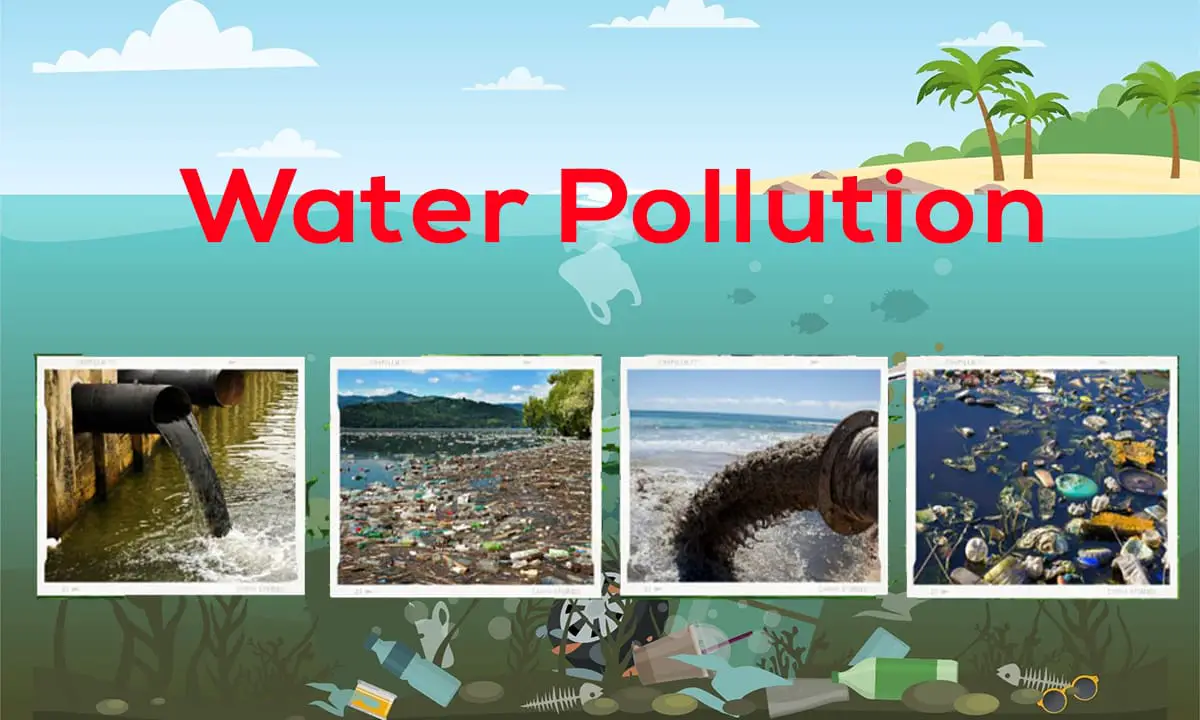This article is devoted to the general aspects of the Internet blog as an educational tool and its prospects in education. The authors touch on the connection between demographic challenges and current educational trends, highlighting the core skills of Generation Z. A blog as a learning tool can be divided into several categories. Some popular blogging platforms are also briefly discussed in the paper.
Introduction
The innovation process includes three components, namely: creation, development and application of innovations. The main criterion for innovation is efficiency. Any innovation is designed to ensure the effectiveness of the educational process.
In the field of higher education, we distinguish the following types of innovations that are able to improve the competitiveness of higher education institutions: “Innovations in the content of higher education, innovations in the pedagogical process, innovations in the organizational structure of higher education, teachers and innovation in activities and relations between students, innovation in the field of educational services, development of cooperation with social partners, personnel clients and innovation in the field of international cooperation of higher educational institutions”. The efficiency of innovation activity primarily depends on how well all participants in the process interact with each other. The system of relations arising in innovative educational activity is aimed at the formation of subject-to-subject relations between the teacher and the student. Such a system fundamentally changes teacher-student relationships, turning them into partners who are responsible for the results of their work.
Past research and prospects in education
The study of the main trends in the development of higher education in Ukraine became possible due to fundamental research in this thematic area by domestic and foreign experts. Here, we should mention the research conducted by V. Andruschenko, V. Astakhova, V. Bakirov, V. Volovich, I. Gavrilenko and others. O. On aspects of the introduction of Internet services into the educational process of educational institutions. Yes. Glazunova, V.P. Karpovskaya, N. V. Morze, K. M. Obukhova, V.V. Osadchi, Ye. Discussed in research papers by D. Pataraquin and others. It becomes clear that recent Internet developments offer many methods of study. However, the concept of an Internet blog and its benefits for teachers in terms of collaboration and interaction are not fully presented in the academic scientific literature; Therefore, there is a need for a more detailed study of the possibilities of blogs as a means of interaction between teachers and students. According to a study conducted within the framework of the European Commission to identify new ways of obtaining education and training in Europe in 2020-2030, one of the experts, among other things, expressed the following predictions:
• Open online learning will become traditional;
• Mobile devices will be used as the main means of learning;
• Teaching material will gradually become digital;
• Open educational resources will be widely used by all subjects of the educational process;
• The community will no longer rely on experts for knowledge and the quality of training programs, but will move towards high-quality knowledge verified through Internet resources;
• Systems and services will appear to provide interactive group learning;
• Blogs and other multimedia content published online will be considered reliable scientific data; • Virtual mobility will blur the boundaries between national education systems; And
• Personal learning environments will evolve more rapidly than institutional online learning environments (Atwell, 2010).
Educational forecasts are in line with demographics. Modern students are representatives of Generation Z. Born and raised in the information age, representatives of Generation Z, like no one else, can work effectively with information. They are able to analyze it literally “instantly”. They are constantly online and constantly browsing reams of new information. Members of the older generation complain that people no longer write letters by hand and no longer sit at tables with books in full focus for 8 hours straight. However, the fact is – the world has changed, and we are all now acquiring new abilities to adapt to new circumstances. Generation Z may be the most educated in the ongoing history of mankind, primarily due to their exposure to almost unlimited amounts of information and learning materials, as well as their skills in dealing with all of these resources. This means that the teacher must take this circumstance into account and confidently direct students to the desired content.
A sociological survey was conducted with Ukrainian youth devoted to values (“Динамика грузования Інтерныть…”). The survey results show that 88.5% of young people regularly use computers at home and 90.4% use the Internet. For comparison, only 21.8% and 22.6% of youth interviewed use computers and the Internet at work. “How often do you use the Internet?” Answering the question, 3% of respondents commented that they do it once a day, 26% – two or three times a day, 65% are constantly online and 6% rarely use the Internet. As a result, most young people are constantly online. This is due to the fact that now one can access the internet not only from their computer but also from phones and other gadgets. Thus, since almost everyone now has a mobile phone, it is possible to be online constantly.
Social networks are a large environment that brings together a large number of people. Here anyone can make friends by interest, discuss any question, comment on anything, and express their views completely freely and most importantly, absolutely anonymously. Can express. All these aspects attract the youth. Therefore, to communicate in social networks, young people often go online. Also, the main purpose of using the Internet is to search for versatile thematic information, information for study or work (53.2%), communication in social networks (45.5%), and news (45.3%). Taking into account the high percentage of youth using the Internet to search for versatile thematic information, teaching, carrying out their professional duties, as well as to communicate in social networks, to manage the educational activity of youth is required. Traditional methods of conducting classes in higher educational institutions are: lectures, seminars, laboratory and practical work, tests and examinations, and defense of course and diploma projects. Currently, relying on modern ICT tools such as multimedia presentations, blogs, wikiquotes, geo-information services, webcasts, virtual worlds, etc. significantly improves their liveliness.
Current trends and demographic challenges demand a revolution in educational ideology for distance learning mode. For the systematic application of remote technologies based on Web 2.0 technologies in today’s higher education institutions, special educational content management systems, such as LCMS (Learning Content Management System), can be used, since they relate to the educational system of the information society. Make it possible to implement tasks in.
Read Also:
- Using Blogs To Enhance Student Learning
- Writing An Academic Blog
- Writing An Academic Blog
- How To Create A Business Blog
- Blogging and Uses of Blogs in Libraries







